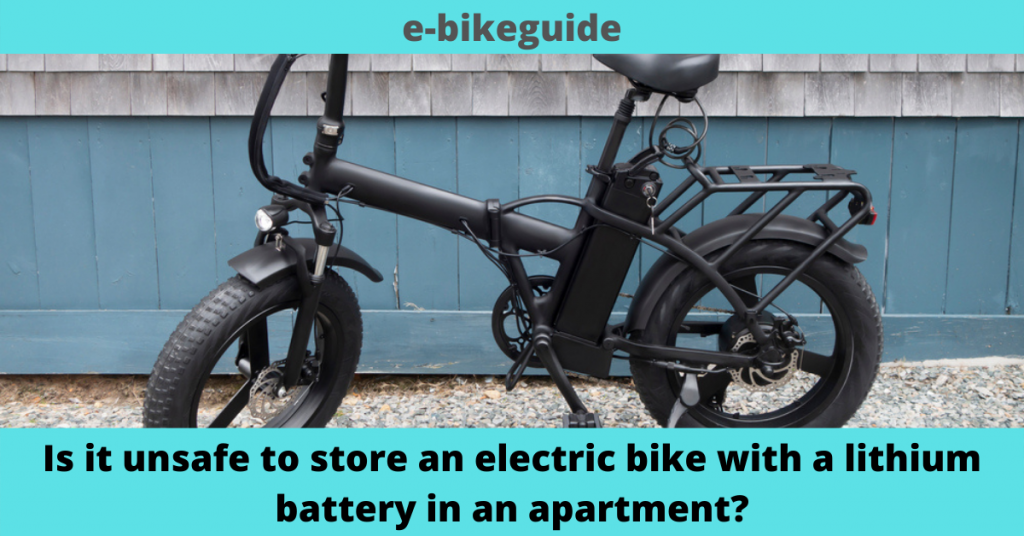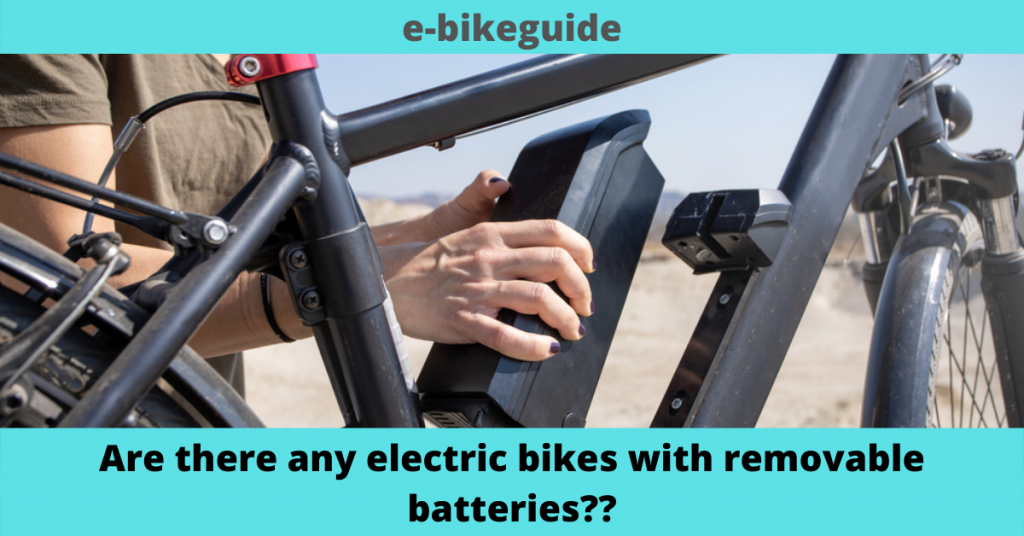How should I store lithium batteries for the winter
Introduction about lithium-ion batteries. 30 years ago, Sony was the first commercial firm to release the first commercial lithium-ion battery to the market. Before we dwell on the specifics, let us discover what lithium batteries are. Today, almost every portable electronic device runs on a small lithium-ion battery. Extensive research and development are going on […]
How should I store lithium batteries for the winter Read More »




